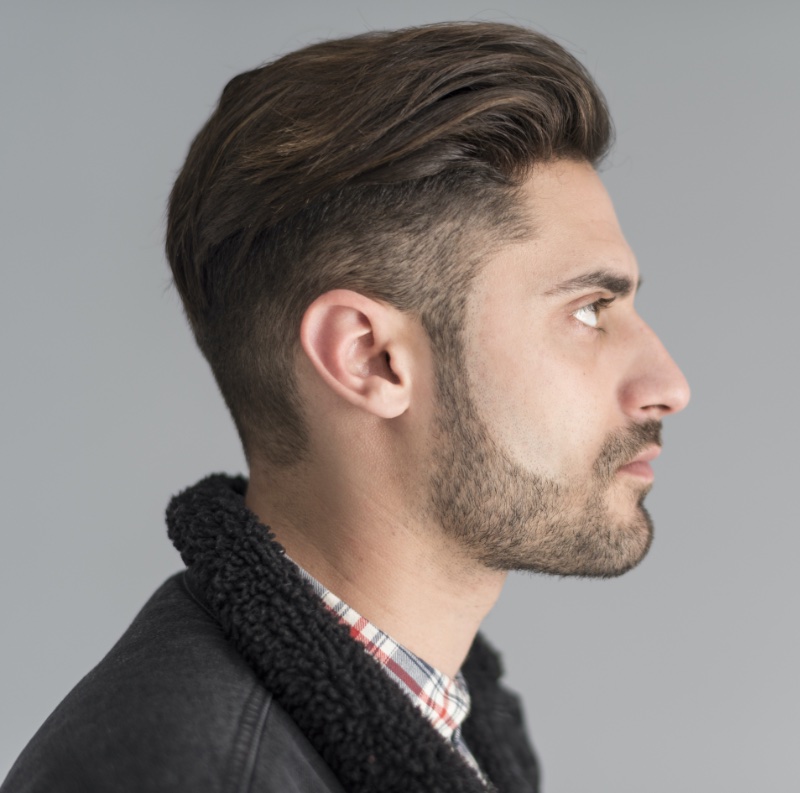The Eternal Evolution of Barbering Instruments and Methods Across the Ages
Wiki Article
Hairdressing has a deep heritage that spans numerous of years, developing from basic instruments and techniques to the advanced methods used today. The initial barbers were often priests or medics who performed trims and shaves as part of their spiritual or medical responsibilities. In ancient Egypt, groomers used sharpened stones and bronze instruments to style the hair and facial hair, which were important emblems of status and hygiene. The instruments of the profession were not just functional; they also held societal significance, reflecting the principles and beliefs of the community at the time.
As societies progressed, so did the tools and techniques used in grooming. In historical Rome, barbershops became fashionable social centers where individuals gathered not only for styling but also for discussion and leisure. Groomers used more sophisticated instruments, such as metal blades and combs, which enabled for more accurate cuts. The advent of the flat razor marked a notable development in grooming, providing a closer shave and a more refined look. This era also saw the emergence of the barber pole, a symbol of the trade, which represented the blood and bandages associated with grooming surgeons who performed small medical procedures.
During the medieval period, barbering took on new aspects as barbers began to focus in various services. website link They not only cut hair but also offered shavings, oral care, and even bloodletting. The tools used during this time included the infamous barber's bowl and the flat blade, which remained popular for centuries. The skill of these instruments enhanced, with artisans creating high-quality cutters that were both long-lasting and efficient. This period emphasized the significance of cleanliness and individual grooming, as barbers played a crucial role in upkeeping the well-being and look of their clients.
The Industrial Revolution brought about significant transformations in grooming instruments and techniques. With advancements in production, groomers could obtain a broader range of tools, including guarded blades and powered trimmers. These innovations made haircuts and shavings more efficient and accessible to the general population. The growth of barbershops as community meeting places persisted, with groomers becoming trusted figures in their communities. The advent of new styles and trends, shaped by mainstream culture, further transformed the grooming industry, allowing barbers to demonstrate their artistry and skill.
Today, grooming is a mix of traditional techniques and modern advancements. While many groomers still use straight razors and shears, powered clippers have become crucial tools in the industry. The focus on individual care has expanded to include a range of services, such as beard styling, color coloring, and skin treatment. Grooming salons have evolved into stylish establishments that cater to a varied clientele, offering a welcoming atmosphere for everyone. The enduring transformation of barbering instruments and techniques reflects not only the progress in technology but also the enduring significance of grooming in human tradition.
